The Economist - Style Guide
Here you can read online The Economist - Style Guide full text of the book (entire story) in english for free. Download pdf and epub, get meaning, cover and reviews about this ebook. year: 2012, publisher: PublicAffairs, genre: Politics. Description of the work, (preface) as well as reviews are available. Best literature library LitArk.com created for fans of good reading and offers a wide selection of genres:
Romance novel
Science fiction
Adventure
Detective
Science
History
Home and family
Prose
Art
Politics
Computer
Non-fiction
Religion
Business
Children
Humor
Choose a favorite category and find really read worthwhile books. Enjoy immersion in the world of imagination, feel the emotions of the characters or learn something new for yourself, make an fascinating discovery.

- Book:Style Guide
- Author:
- Publisher:PublicAffairs
- Genre:
- Year:2012
- Rating:5 / 5
- Favourites:Add to favourites
- Your mark:
- 100
- 1
- 2
- 3
- 4
- 5
Style Guide: summary, description and annotation
We offer to read an annotation, description, summary or preface (depends on what the author of the book "Style Guide" wrote himself). If you haven't found the necessary information about the book — write in the comments, we will try to find it.
Style Guide — read online for free the complete book (whole text) full work
Below is the text of the book, divided by pages. System saving the place of the last page read, allows you to conveniently read the book "Style Guide" online for free, without having to search again every time where you left off. Put a bookmark, and you can go to the page where you finished reading at any time.
Font size:
Interval:
Bookmark:
STYLE GUIDEOTHER ECONOMIST BOOKS Guide to Analysing Companies Guide to Business Modelling Guide to Business Planning Guide to Cash Management Guide to Economic Indicators Guide to the European Union Guide to Financial Management Guide to Financial Markets Guide to Hedge Funds Guide to Investment Strategy Guide to Managing Growth Guide to Management Ideas and Gurus Guide to Organisation Design Guide to Project Management Guide to Supply Chain Management Numbers Guide Book of Isms Book of Obituaries Brands and Branding Business Consulting Business Strategy Buying Professional Services The City Coaching and Mentoring Doing Business in China Economics Emerging Markets Marketing Megachange Modern Warfare, Intelligence and Deterrence Organisation Culture Successful Strategy Execution The World of Business Directors: an AZ Guide Economics: an AZ Guide Investment: an AZ Guide Negotiation: an AZ Guide Pocket World in Figures 

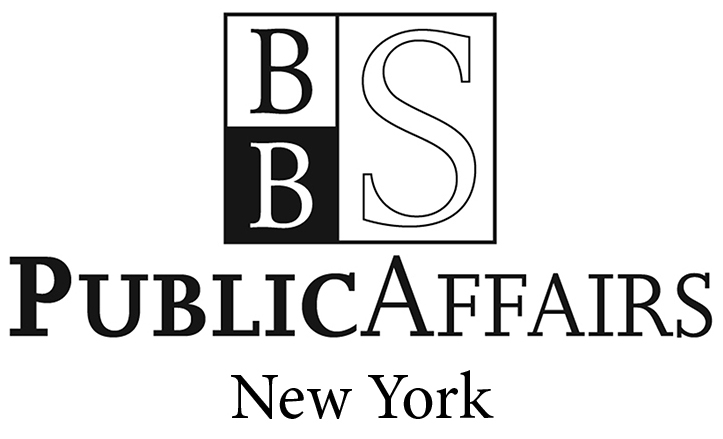 PublicAffairs THE ECONOMIST IN ASSOCIATION WITH
PublicAffairs THE ECONOMIST IN ASSOCIATION WITHPROFILE BOOKS LTD and PUBLICAFFAIRS Copyright The Economist Newspaper Ltd, 1986, 1991, 1993, 1996, 1998, 2000, 2001, 2003, 2005 This eBook edition first published in 2009 by Profile Books Ltd. in Great Britain. Published in 2014 in the United States by PublicAffairs, a Member of the Perseus Books Group All rights reserved. publicaffairsbooks.com No part of this book may be reproduced, stored in or introduced into a retrieval system, or transmitted, in any form or by any means (electronic, mechanical, photocopying, recording or otherwise), without the prior written permission of both the copyright owner and the publisher of this book, except in the case of brief quotations embodied in critical articles and reviews. For information, address PublicAffairs, 250 West 57th Street, 15th Floor, New York, NY 10107. The greatest care has been taken in compiling this book.
However, no responsibility can be accepted by the publishers or compilers for the accuracy of the information presented.Where opinion is expressed it is that of the author and does not necessarily coincide with the editorial views of The Economist Newspaper. While every effort has been made to contact copyright-holders of material produced or cited in this book, in the case of those it has not been possible to contact successfully, the author and publishers will be glad to make amendments in further editions. PublicAffairs books are available at special discounts for bulk purchases in the U.S. by corporations, institutions, and other organizations. For more information, please contact the Special Markets Department at the Perseus Books Group, 2300 Chestnut Street, Suite 200, Philadelphia, PA 19103, call (800) 810-4145, ext. 5000, or e-mail special.markets@perseusbooks.com.
Library of Congress Control Number: 2014932065 ISBN 978-1-61039-518-2 (EB) First Edition
The second, on American and British English, describes some of the main differences between the two great English-speaking areas, in spelling, grammar and usage. To make the style guide of greater general interest, consists of handy reference material that might appeal to readers of The Economist. Throughout the text, italic type is used for examples except where they are presented in lists, when the type is Roman, as this text is. Words in bold indicate a separate but relevant entry, that is, a cross-reference. Small capitals are used only in the way The Economist uses them, for which see the entry abbreviations.
Many people have been involved in this book as it has developed and changed over the years.
Thanks are due to all of them, with special thanks to Penny Butler, who has played a crucial role from the start. John Grimond, January 2010
So think what you want to say, then say it as simply as possible. Keep in mind George Orwells six elementary rules: 1 Never use a metaphor, simile or other figure of speech which you are used to seeing in print (seemetaphors). 2 Never use a long word where a short one will do (seeshort words). 3 If it is possible to cut out a word, always cut it out (seeunnecessary words). 4 Never use the passive where you can use the active (seegrammar and syntax). 6 Break any of these rules sooner than say anything outright barbarous (seeiconoclasm). 6 Break any of these rules sooner than say anything outright barbarous (seeiconoclasm).
Readers are primarily interested in what you have to say. By the way in which you say it you may encourage them either to read on or to give up. If you want them to read on: Catch the attention of the reader Then get straight into the article. Do not spend several sentences clearing your throat, setting the scene or sketching in the background. Introduce the facts as you tell the story and hold the reader by the way you unfold the tale and by a fresh but unpretentious use of language. In starting your article, let your model be the essays of Francis Bacon.
His Of Marriage begins, He that hath wife and children hath given hostages to fortune; for they are impediments to great enterprises, either of virtue or mischief. Of Riches he starts with I cannot call riches better than the baggage of virtue. Of Cunning opens with We take cunning for a sinister or crooked wisdom. Of Suspicion is instantly on the wing with Suspicions amongst thoughts are like bats amongst birds, they ever fly by twilight. Of Ambition wastes no time in asserting, Ambition is like choler; which is an humor that maketh men active, earnest, full of alacrity, and stirring, if it be not stopped. But if it be stopped, and cannot have his way, it becometh adust, and thereby malign and venomous.
Each of these beginnings carries implicitly within it an entire essay. Each seizes the reader by the lapels and at once draws him into the subject. No gimmickry is needed, no flowery language, no literary contrivance. Plain words on their own carry enough meaning to provoke an intriguing thought, stir the readers curiosity and thus make him want to continue. You must strive for a similar effect. Articles in
Next pageFont size:
Interval:
Bookmark:
Similar books «Style Guide»
Look at similar books to Style Guide. We have selected literature similar in name and meaning in the hope of providing readers with more options to find new, interesting, not yet read works.
Discussion, reviews of the book Style Guide and just readers' own opinions. Leave your comments, write what you think about the work, its meaning or the main characters. Specify what exactly you liked and what you didn't like, and why you think so.

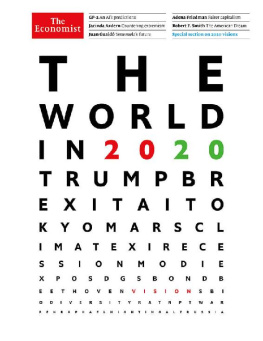
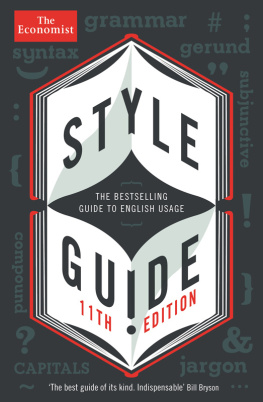

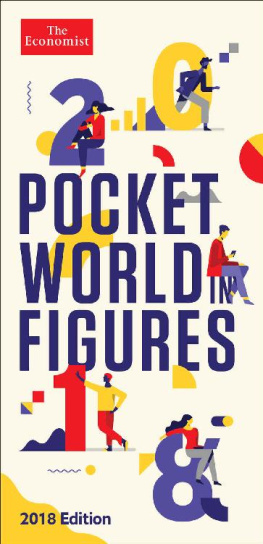
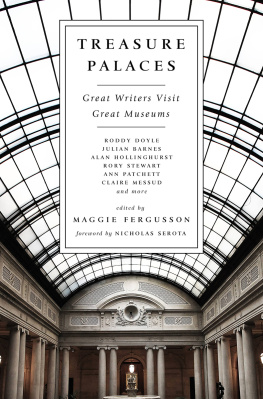
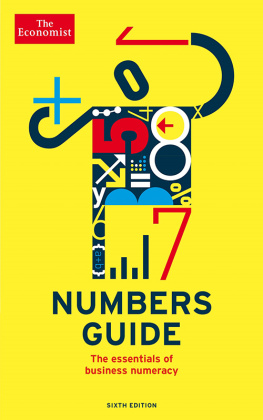
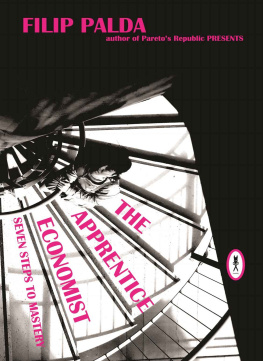
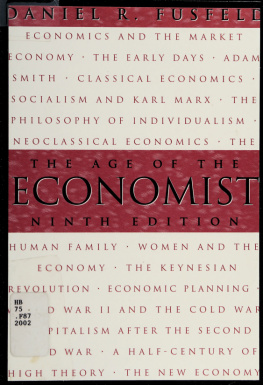
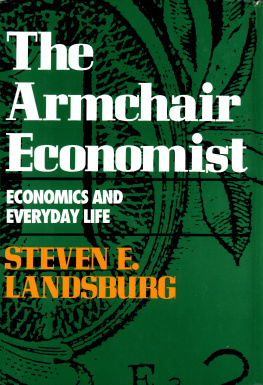
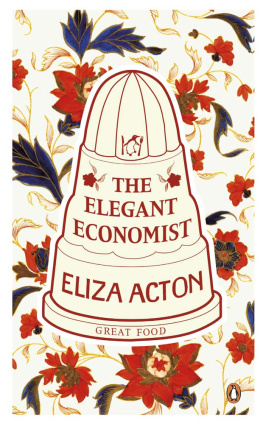

![[Magazine] The Economist. Vol. 400. No 8753](/uploads/posts/book/32936/thumbs/magazine-the-economist-vol-400-no-8753.jpg)